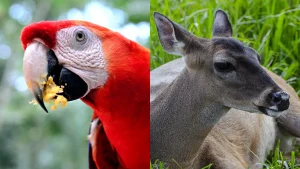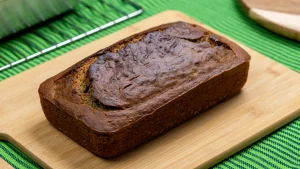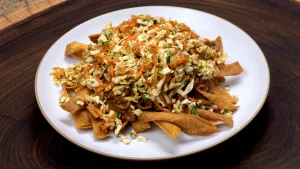Economic Organization – The Mayan Civilization
Return to the main article The Maya Civilization
Being agriculture a central activity in the Mayan life, there has been much speculation about the agricultural techniques they most frequently used in the pre-Hispanic era, whether extensive ones like the slash-and-burn system, or intensive ones like irrigation and terracing. There is evidence that they combined both techniques with other alternatives, such as gathering, domestic gardens, raised fields or ridges, arboriculture, hunting, and fishing.
It is important to remember that the tropical rainforest was primarily the type of ecosystem in which the Mayans lived and from which they obtained their food. However, the characteristics of the tropics vary greatly, and it is possible that differences in climate, soil, and vegetation determined the exploitation of natural resources and the type of agricultural system used. The techniques, therefore, had to adapt to the quantity and quality of available land, the type of crops, and various socioeconomic factors.
Trade
Trade was essential to the Mayan economy, as the Mayan geographical area provided a great variety of products but lacked or had a scarcity of others. During the Classic period, large markets called p’polom developed in urban areas. After the social reorganization in the late Postclassic period, tianguis markets were developed. Among the Mayans, traders undertook long and exhaustive journeys to supply small-scale merchants who distributed exclusive items from certain regions, such as jade from the Motagua Valley in Guatemala, the essential obsidian from the highland sources in Guatemala like El Chayal and Ixtepeque, the prestigious quetzal feathers from the cloud forests of Guatemala, cotton from the northeast, shells, and fish from the coasts.
Return to the main article The Maya Civilization
Also, salt from the north and from sources along the Chixoy River in Alta Verapaz, cacao from Tabasco, Guatemala, and Honduras, and flint from the Puuc region. Art also became a prized object among the nobility, and the polychrome ceramics from places like Chamá and Nebaj in the Guatemalan highlands stood out for their exquisite craftsmanship, which has been found in many distant sites. The great traders gained prestige and fame among the Mayan nobility and were sometimes recruited as spies for the king.
Currency
There were no coins for trade; only bartering was used, and occasionally cacao beans were used as currency. Although there was no exact value, a rabbit was worth 10 seeds. Cacao retained its economic uses during a brief period of Spanish rule: on June 17, 1555, by order of the Viceroyalty of New Spain, cacao could be exchanged for European coins at a rate of one Spanish real for 140 cacao seeds. In 1575, 100 cacao seeds were sufficient for one real, and by the end of the century, it was 80 seeds for one real.
Land Ownership
The supreme rulers (ahau) granted lands to their subjects according to their social rank and division of labor. Families were granted parcels of cultivable land for their subsistence, tribute payment, and trade, in an area that had the production capacity to meet the aforementioned requirements. It should not be confused under any circumstances with a communal system, as the land belonged to the ahau, who could withdraw it at any time and use it for their own purposes, treating it as personal property rather than property of the Mayan city-state they governed.
Maritime Transportation
Maritime transportation played a significant role in the development of trade and, therefore, the economy. The earliest vessels were based on paddling and lacked sails. With these early boats, they navigated along the coast of the Yucatán Peninsula and managed to navigate past the dangerous coral barrier, aided by lighthouses that indicated distances, hazards, and sea passages. They also navigated the rivers of Tabasco, Chiapas, Guatemala, and Honduras. It is estimated that these boats could transport twenty to forty people, including their cargo. There is evidence that they reached the lands of Honduras and may have even reached Panama. Initially, the vessels were adapted for freshwater navigation and later adapted for the sea, as they differentiated and distinguished between the bow and stern.
Land Transportation
There was great diversity and complexity among the extensive road networks. Of particular importance were the sacbe’ob (singular: sacbé), which means «white road» in Mayan. Overall, the construction of roads and paths involved a series of labor-intensive procedures.
First, the predetermined path was cleared, and then the earth was smoothed with the help of gigantic stone blocks. Afterwards, it was covered with limestone sand (sascab) to prevent vegetation from obstructing the road, and finally, it was covered with stucco. One well-known sacbé is the one that connects Cobá with Yaxuná, which is 100 kilometers long.
Although the Maya were aware of the wheel, they only used it in the crafting of artisanal toys depicting quadruped animals with a wheel on each leg. However, the most essential element for achieving an excellent means of transportation is not the wheels themselves, but their spokes or radii. The absence of draft animals alone does not explain the nonexistence of carts as much as the mentioned spokes do.
Return to the main article The Maya Civilization



